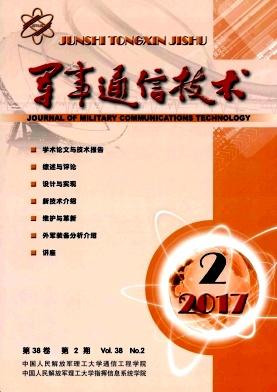Advances in HF parallel tone modem technology
引用次数: 2
Abstract
The author describes the HF modem, which contains a 75 to 2400 bps 39-tone waveform, a robust 75-bps direct-spread waveform, and two independent 45-1200-bps binary frequency-shift-keyed (FSK) waveforms. The availability of powerful new microprocessors permits economic implementation of complex signal-processing sizes. Improved signaling techniques and potent error-correcting codes allow greatly improved performance on the HF channel. Measured performance data taken on HF fading simulators and in numerous on-the-air tests are presented. The performance with and without diversity reception is also shown. An implementation that demonstrates the dramatic reduction in modem size, weight, power consumption, and cost realized by embedding the modem in modern digital radios such as the RF-5000 is presented.<高频并音调制解调器技术的研究进展
该高频调制解调器包含一个75 ~ 2400 bps的39音波形、一个75-bps的鲁棒直接扩频波形和两个独立的45 ~ 1200 bps的二进制移频键控(FSK)波形。强大的新型微处理器的可用性允许经济地实现复杂的信号处理规模。改进的信令技术和有效的纠错码使高频信道的性能大大提高。给出了在高频衰落模拟器和许多空中测试中获得的实测性能数据。并给出了有无多样性接收的性能。本文介绍了一种将调制解调器嵌入现代数字无线电(如RF-5000)中的实现方案,该方案大大减小了调制解调器的尺寸、重量、功耗和成本
本文章由计算机程序翻译,如有差异,请以英文原文为准。
求助全文
约1分钟内获得全文
求助全文

 求助内容:
求助内容: 应助结果提醒方式:
应助结果提醒方式:


